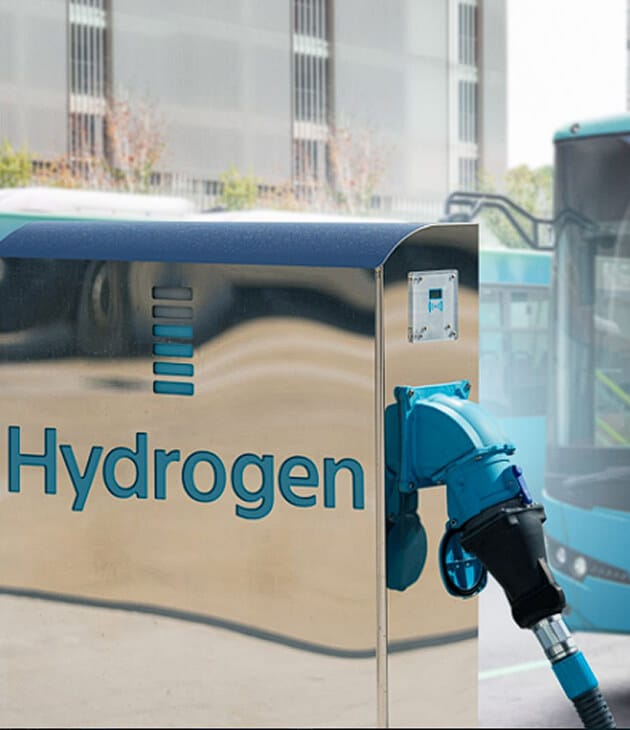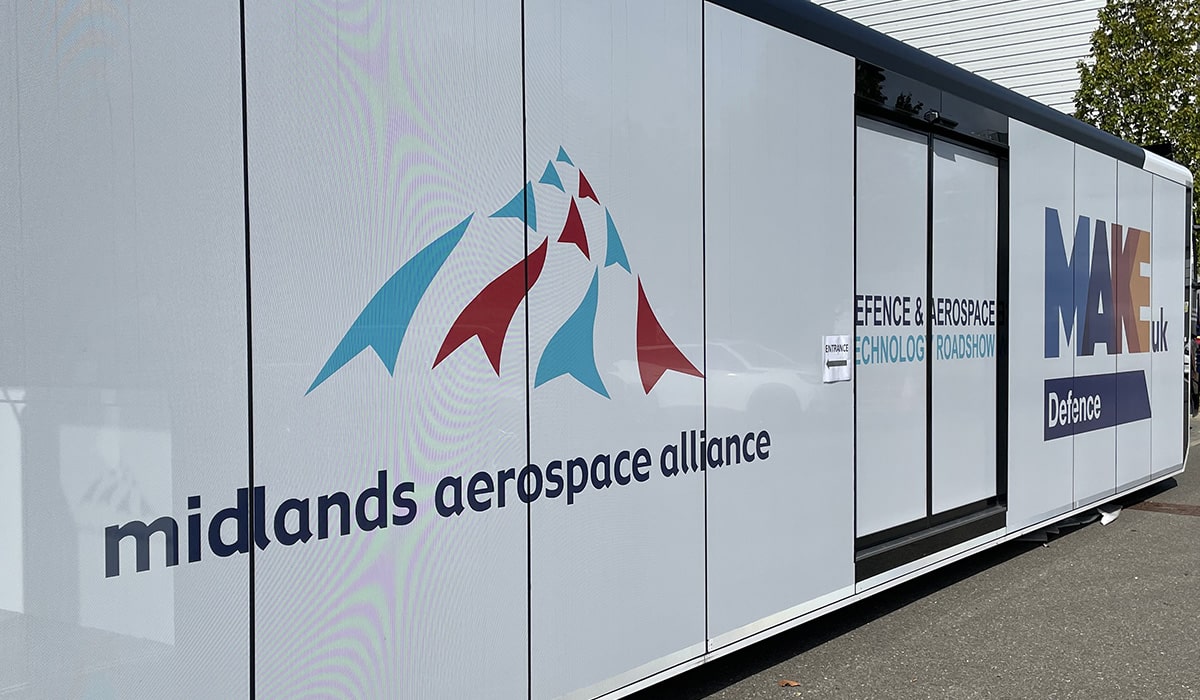
In 1874, the French novelist Jules Verne wrote: “I am convinced that hydrogen and oxygen, the two elements that combine to form water, will one day – either together or as single entities – be an inexhaustible source of heat and light of an intensity of which coal is not capable.” A century and a half later, Verne’s vision is turning into reality.
The development of renewable energy sources and energy storage technologies has accelerated in recent years driven by the need to decarbonize the global economy and avoid the catastrophic effects of climate change. One technology in particular has the potential to drastically reduce our dependence on fossil fuels while also offering significant advances in mobile power. This technology is the hydrogen fuel cell.
The principle of fuel cells was invented in 1838 by the German scientist Christian Schönbein. In the following year, the use of hydrogen and oxygen in fuel cells was uncovered by the Welsh scientist Sir William Grove who in 1843 produced and demonstrated the first fuel cell unit. Progress in the development of fuel cells was very slow at the time due to the invention of the combustion engine. Interest in fuel cells was re-ignited in the 1950s leading to the development of proton exchange fuel cells in 1959 by General Electrics in the US for use by NASA. The oil crisis in the 1970s prompted further work to develop new types of fuel cells. Today, major car manufacturers such as Toyota, Honda and Hyundai are already making hydrogen cars available to the public.
While fuel cells can be an important element in achieving cleaner transportation, they can also be used in consumer electronic devices. Fuel cells can be scaled to a size that will allow them to be embedded in laptops, tablets and other electronic devices.
Hydrogen is considered a clean fuel because it can be produced from water using renewable energy or from fossil fuels combined with carbon capture and storage technology.

Fuel Cell Overview
In basic terms, a fuel is a chemical substance that releases a large amount of energy when reacted with oxygen. This energy can be harnessed by converting it into useful forms such as heat, movement or electricity. When a fuel reacts with oxygen, the existing chemical bonds within the fuel and oxygen molecules are broken in a process that requires energy (an endothermic process). Then, the atoms within these molecules are rearranged and new chemical bonds between the atoms are created in a process that releases energy in the form of heat (an exothermic process). The energy released in the second process is much larger than the energy consumed in the first process, so the net result is that a large amount of energy is generated.
Conventional Energy Systems
In a conventional energy system such as the internal combustion engine, a carbon-based fuel is reacted with oxygen to generate heat and pressure, which in turn are converted into useful mechanical (movement) energy. The useful energy is only 30-40% of the potential chemical energy stored in the fuel and oxygen, so these systems are characterised by significant energy losses.
Fuel Cells
Fuel cells, on the other hand, convert the chemical energy of a fuel directly into useful electrical energy, thus achieving very high efficiencies. Moreover, if hydrogen is used as the fuel, the only waste emission is water vapour.
Hydrogen Fuel Cells
The tooling for photo etching is digital, low-cost and can be modified quickly. Many customers select photo etching because of the flexibility it provides for supplying samples in days rather than weeks or months.
The electrodes are usually made of small platinum particles (which act as a catalyst to promote the reaction) supported on porous carbon. However, due to a number of disadvantages including the high cost of platinum, other electrode materials are now being developed.
Challenges Remain
While the potential offered by fuel cell technology is very promising, a number of challenges remain to be resolved. Research is accelerating to address these challenges and advances in manufacturing techniques will make it possible to produce fuel cells in a wide array of metals and sizes.
Metal Options & Alternatives
Bipolar plates are usually made of graphite, metal alloys, or composite materials. While graphite is lighter than any metal and is not prone to corrosion, it is also brittle and porous and has significantly lower electrical and thermal conductivities compared to metals. Metals, on the other hand, are characterised by very high conductivities. Their corrosion resistance can be enhanced using conductive coatings. For example, titanium is a light metal with very good corrosion resistance which can be further improved by coating the surface with a titanium nitride protective finish. Aluminium, which is another attractive metal for fuel cell plates due to its low density (40% lighter than titanium), can be coated with chromium nitride. Other metals can be used such as copper and stainless steel and various surface treatment and coating techniques are also available to deposit a wide range of coating materials on metal plates.
Photochemical Etching Fuel Cells
Photochemical etching is an important fabrication process that can be used to produce flow channels on metallic fuel cell plates. Different flow patterns can be etched such as parallel, serpentine, or grid channels without affecting the physical and chemical properties of the base metal.
Fuel Cell Plates Manufactured By A.C.E.
Advanced Chemical Etching (ACE) can manufacture photochemically etched fuel cell flow plates in a range of metals such as aluminium, titanium or stainless steel. The process can be used to produce different prototype designs for the purpose of optimizing the flow pattern. The process can accommodate low, medium or large volume production. Metal plates up to 2 mm in thickness can be etched. The channel width to depth ratio is typically 2-to-1. Metal plates can be etched from both sides simultaneously.
Miniaturized Fuel Cell Technology
Photochemical etching can also be used to create micro-channels for miniaturized fuel cells. There is currently a great deal of interest in developing miniaturized fuel cell technology driven by advances in microfabrication technologies and also by the need to improve the performance of energy storage technologies for portable electronic devices. Photochemical etching of metal plates offers a cost-effective way of producing macro- or micro-channels for fuel cells.
Innovative Processes
Whilst it is possible to produce fuel cell plates in various stainless steel alloys using conventional photochemical etching, two innovative processes developed at ACE now enable the company to manufacture fuel cell plates in aluminium and titanium alloys. Aluminium and titanium are particularly difficult to etch, but the new etching processes allow ACE to achieve very high levels of quality and consistency putting ACE at the forefront of this exciting technology.
At ACE, we combine cutting-edge chemical etching technology with decades of expertise to deliver precision metal components.
Whether you're an experienced engineer, new to metal etching, or just curious about what we do, we’ve got you covered.


